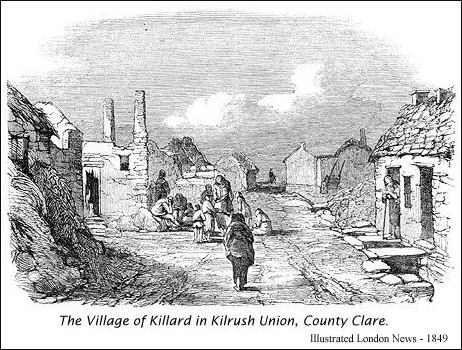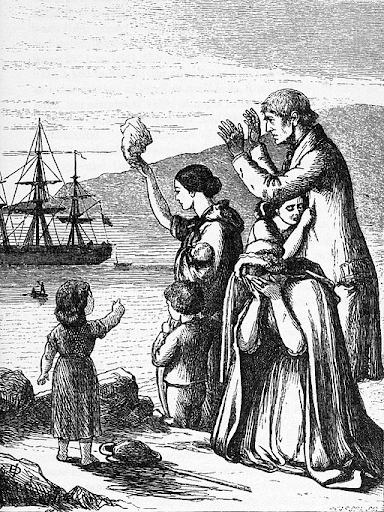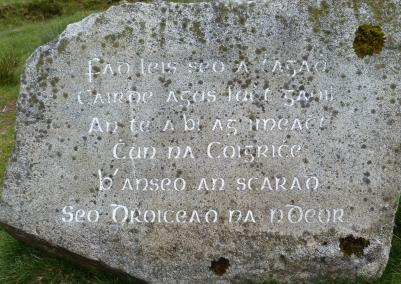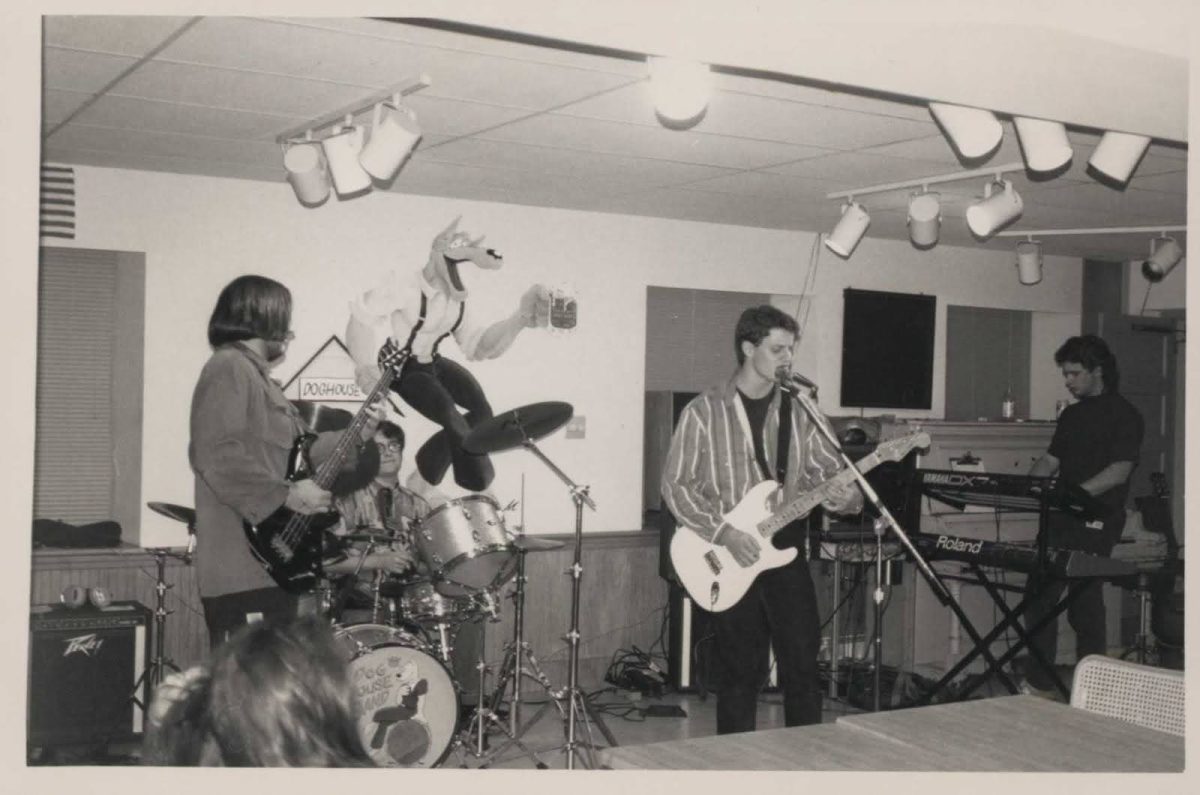
In Ireland’s North, there stand many monuments and features of folklore and history, such as the Giant’s Causeway, or Navan Fort at Emain Macha. However, a small bridge sits in the shadow of Muckish Hill in Donegal, a bridge with a past riddled with tragedy, pain, and deep sorrow.
This is Droichead na nDeor (Dry+eech nah Dyor). This is The Bridge of Tears or The Bridge of Sorrows.
During An Gorta Mór (Awn Gore+tuh More), that is, The Great Hunger or Irish Potato Famine, more than 1 million people either fled the country or were forced to leave in what is known as Diaspóra na Gael (Dye+ah+spore+uh nah Gail), the Diaspora of the Irish. There were few routes to the ports that would carry these immigrants from their homes across the sea. One such port was in the county of Donegal.
Getting there involved a long walk through the mountains, leading to this small, seemingly insignificant bridge at the foot of Muckish Hill. At this bridge, families said goodbye to their members who were departing Ireland.
Most of the people leaving, as well as their family members who remained, were largely illiterate, and as such, would be unable to contact each other due to the inability to write letters to each other. These partings, as such, were considered like the parting of death.
This bridge now stands as a monument to the memory of these families who were torn apart forever upon it.
Those who did not flee willingly faced forced evictions, some to the point of physically having their houses torn down or burnt. This was known as The Irish Land War.


Others faced the infamous Coffin Ships, poorly and cheaply made vessels that packed as many people onto them as possible with the false promise of food, medicine, money, and other things they desperately needed when they reached their destination.

It was reported that the first wave of Coffin Ships arrived in Quebec, carrying a cargo of dead and dying people. These ships lined the St. Lawrence River in a queue that stretched 15 miles. Typhoid Fever had broken out among the passengers, and as such, they were put under quarantine, meaning those who had not yet caught the illness were now trapped on these disease-ridden ships.
When those who had survived were finally allowed off the ships, they found next to nothing waiting for them.
One report stated that a little boy, who resembled nothing more than a skeleton, sat down beneath a tree to rest. He never got back up.
These Coffin Ships, aptly named because of the fact they carried more of the dead than the living, were just one of many cruel and ineffective “attempts” at relief for Ireland by the British Government.
Droichead na nDeor is a monument to the memory of all those who suffered during An Gorta Mór, both those who died in a literal sense, as well as those who died more metaphorically by crossing that bridge and never being heard from again.
During the entire course of An Gorta Mór, 1 million people left Ireland. Another million faced the literal parting of death, if not from the starvation resulting from the famine, from the rampant disease, and further, freezing to death during the harsh winters, the worst of which occurred in 1847 and would forever become known as Black ‘47.
By the end, Ireland’s population was halved, something that, to this day, has not yet recovered.
“Fad leis seo a thagadh cairde agus lucht gaoil an té a bhí ag imeacht chun na coigrithe. B’anseo an scaradh. Seo Droichead na nDeor.” – “Family and friends of the person leaving for foreign lands would come this far. Here was the separation. This is the Bridge of Tears.” – Inscription on the memorial plaque that sits beside the bridge.

Irish band Clannad, who are Donegal natives, wrote this gorgeous song “The Bridge of Tears” about this haunting memorial to one of Ireland’s darkest moments.







